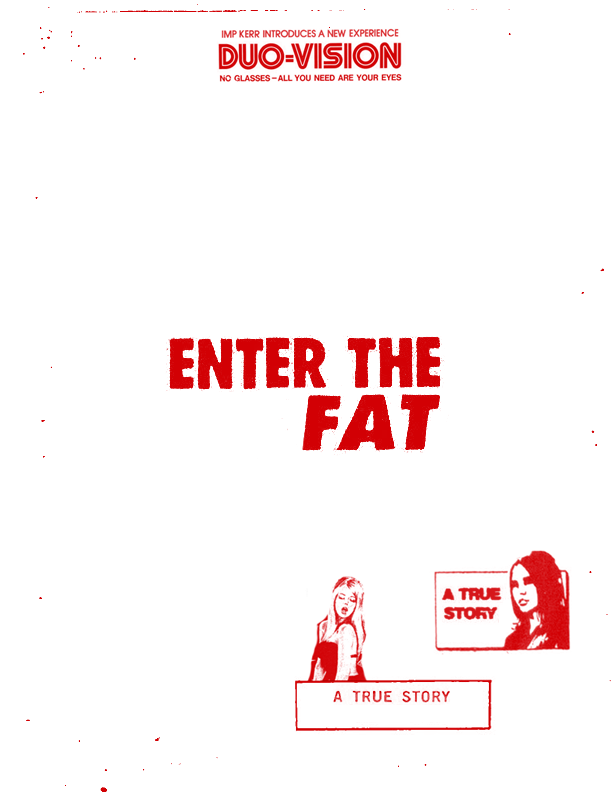The ship of Theseus is a thought experiment that raises the question of whether a ship that has had all of its components replaced remains fundamentally the same object.
Suppose that the famous ship sailed by the hero Theseus in a great battle has been kept in a harbour as a museum piece. As the years go by some of the wooden parts begin to rot and are replaced by new ones. After a century or so, all of the parts have been replaced. Is the “restored” ship still the same object as the original?
{ Wikipedia | Continue reading }
Does the Human Body Really Replace Itself Every 7 Years?
Recent research has confirmed that different tissues in the body replace cells at different rates, and some tissues never replace cells. So the statement that we replace every cell in the body every seven years or every ten years is wrong. […]
Neurons in the cerebral cortex are never replaced.
Fat cells are replaced at the rate of about 10% per year in adults. […]
Cardiomyocyte cells [muscle cells of the heart] are replaced at a reducing rate as we age. At age 25, about 1% of cells are replaced every year. Replacement slows gradually to about 0.5% at age 70. Even in people who have lived a very long life, less than half of the cardiomyocyte cells have been replaced. Those that aren’t replaced have been there since birth.
{ Ask a Naturalist | Continue reading }
Your lungs are six weeks old - and your taste buds just ten days! […]
Liver cells only have a life span of around 150 days. […] “I can take 70 per cent of a person’s liver away in an operation and around 90 per cent of it will grow back within two months,” explains David Lloyd, consultant liver surgeon at Leicester Royal Infirmary. […]
Your eyes are one of the few body parts that don’t really change during your life. The only part that is constantly being renewed is the cornea, the transparent top layer.
{ Daily Mail | Continue reading }
A collection of the replacement rates of different cells in our body:

[…]
We note that hair elongates at about 1 cm per month while fingernails grow at about 0.3 cm per month, which is about the same speed as the continental spreading in plate tectonics that increases the distance between North America and Europe.
{ Cell Biology by the Numbers | Continue reading }
For decades, scientists believed that neurogenesis—the creation of new neurons—whirs along nicely in the brains of embryos and infants, but grinds to a halt by adulthood. But from the 1980s onward, this dogma started to falter. Researchers showed that neurogenesis does occur in the brains of various adult animals, and eventually found signs of newly formed neurons in the adult human brain. Hundreds of these cells are supposedly added every day to the hippocampus—a comma-shaped structure involved in learning and memory. The concept of adult neurogenesis is now so widely accepted that you can find diets and exercise regimens that purportedly boost it.
The trouble is: This stream of fresh neurons might not actually exist.
In a new study, and one of the biggest yet, a team led by Arturo Alvarez-Buylla at the University of California at San Francisco completely failed to find any trace of young neurons in dozens of hippocampus samples, collected from adult humans.
{ The Atlantic, March 2018 | Continue reading }
People as old as 79 may still generate new brain cells, US researchers said Thursday. […] Using autopsied brain samples from 28 people who died suddenly between the ages of 14-79, researchers looked at “newly formed neurons and the state of blood vessels within the entire human hippocampus soon after death.” […]
A study last month led by Arturo Alvarez-Buylla of the University of California in San Francisco found the opposite, however.
{ Medical Express, April 2018 | Continue reading }
The generation of cells in the human body has been difficult to study, and our understanding of cell turnover is limited. Testing of nuclear weapons resulted in a dramatic global increase in the levels of the isotope 14C in the atmosphere, followed by an exponential decrease after 1963.
We show that the level of 14C in genomic DNA closely parallels atmospheric levels and can be used to establish the time point when the DNA was synthesized and cells were born. We use this strategy to determine the age of cells in the cortex of the adult human brain and show that whereas nonneuronal cells are exchanged, occipital neurons are as old as the individual, supporting the view that postnatal neurogenesis does not take place in this region.
{ Cell | PDF }
If the cells of our skin are replaced regularly, why do scars and tattoos persist indefinitely?
The cells in the superficial or upper layers of skin, known as the epidermis, are constantly replacing themselves. This process of renewal is basically exfoliation (shedding) of the epidermis. But the deeper layers of skin, called the dermis, do not go through this cellular turnover and so do not replace themselves. Thus, foreign bodies, such as tattoo dyes, implanted in the dermis will remain.
{ Scientific American | PDF }























